Contents
- 1 What Gemini AI Means (and Why It’s Not Just Another Name)
- 2 Gemini AI vs. the Landscape of AI Assistants
- 3 How Gemini AI Works (in Simple Terms)
- 4 Use Cases: Where Gemini AI Could Be Your Co-Pilot
- 5 Challenges, Risks, and Limits
- 6 How Gemini AI Fits with ChatGPT, Copilot, and Claude
- 7 The Saudi Digital Landscape: A Context for Gemini
- 8 Where Gemini AI Could Disrupt
- 9 Reflections: Living with AI
- 10 Frequently Asked Questions
- 11 Sources
What Gemini AI Means (and Why It’s Not Just Another Name)
When someone says “Gemini AI,” you might think: a product, a brand, a whisper of the future. It’s all of these. But more specifically, it’s Google’s ambition to create an intelligence that understands, reasons, and acts — a sibling to their search and inference systems. Gemini is intended to go beyond mere text completion.
It aims to parse images, infer context, transition from question to answer, and ideally anticipate our needs in subtle ways: writing a paragraph, summarizing a meeting, and helping to brainstorm solutions. It’s systems thinking, packaged lightly. But calling it Google Gemini is not only a matter of brand. It positions Gemini within Google’s world — the world of search, maps, YouTube, Android — as a connective thread. Google isn’t simply releasing an AI model; they are integrating intelligence into their ecosystem.
This is an essential distinction because other names are doing something similar from their vantage points. Microsoft Copilot is integrated into Windows, Office, and enterprise solutions. Claude AI is developed by Anthropic, with commitments to various guardrails. ChatGPT Free and ChatGPT AI offer different access models and tradeoffs.
And then there are emergent projects and experiments, such as GBT Chat, or simple “co-pilot” interfaces sprinkled across various tools. Let me pause and say: when I say “co-pilot,” I mean it in two senses. First: an assistant, someone riding shotgun. Second: a collaborator — someone you trust to suggest, question, correct, but not to dominate your voice. 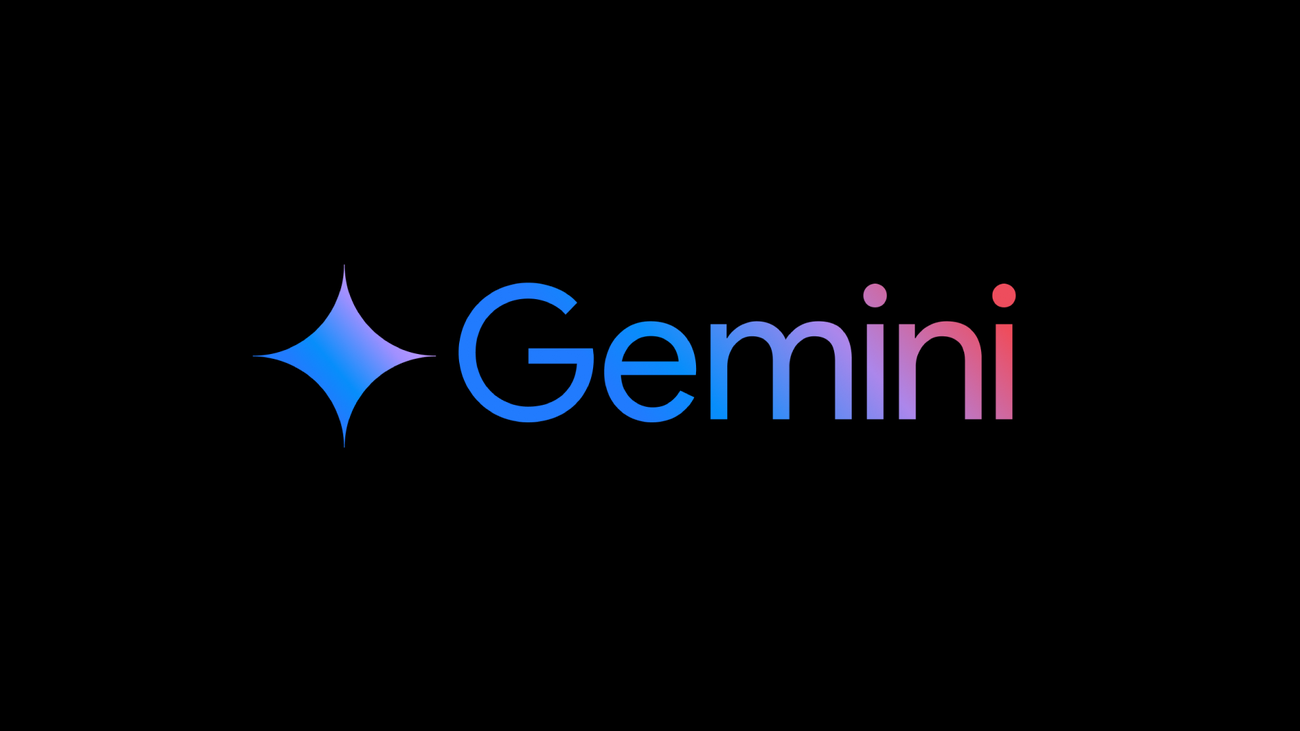
Gemini AI vs. the Landscape of AI Assistants
It helps to draw some provisional, shifting lines between these actors. Here’s how I see them.
Microsoft Copilot
Microsoft has leaned heavily into the metaphor of Copilot — as though every user is now the pilot, and the AI is the skilled co-navigator. It’s embedded in Office, in Windows, in business apps. Microsoft Copilot is meant to be present where productivity happens. Strengths:
- Deep integration into existing tools (Word, Excel, Outlook)
- Enterprise focus, where compliance and control matter
- Good at augmenting known domains (documents, data, spreadsheets)
Limitations:
- It may struggle with generative creativity or long-form narrative
- Sometimes oversteps or repeats prompts unnecessarily
ChatGPT (Free and “ChatGPT AI”)
OpenAI’s ChatGPT free version is often your first exposure to a large language model. Typing, asking, waiting for an answer. The “free” version imposes usage limits, wait times, and sometimes restrictions on the model version. “ChatGPT AI” usually refers to their more capable GPT-4 or GPT-4 Turbo models. These provide more context, better reasoning, and fewer instances of hallucination. They are conversational and flexible, but can lose consistency in long dialogues.
Claude AI
Anthropic’s Claude AI is often praised for its safety and alignment. It tries to avoid hallucinations and harmful outputs, making it appealing to professionals who prioritize accuracy. Claude 3 has also been recognized for strong reasoning and summarization.
GBT Chat
This phrase often appears as a typo or alternate search term for GPT Chat (ChatGPT). In SEO, it captures common variations users type when searching for AI chat systems. Some small developers have used “GBT Chat” to describe independent chatbot tools inspired by OpenAI’s framework.
Google AI
Google AI encompasses the broad umbrella of Google’s artificial intelligence work, including research, models, and infrastructure. Gemini AI sits at its core as the next step in multimodal reasoning and generative assistance. 
How Gemini AI Works (in Simple Terms)
I don’t want to get bogged down in technicalities, but to understand the difference, a sketch helps.
- Uses large language models (LLMs) trained on massive text, code, and image data
- Integrates multimodal input: text, images, possibly video or audio
- Learns to reason, summarize, plan, and generate content
- Remembers context across conversations
- Can be embedded as a co-pilot inside Google apps like Docs, Gmail, or Sheets
The ambition is simple but profound — to build an assistant that learns from you.
Use Cases: Where Gemini AI Could Be Your Co-Pilot
Writing and Creativity
- Drafting and rewriting blog posts or essays
- Adjusting tone (“make this more formal,” “make this friendlier”)
- Brainstorming ideas, headlines, or structures
Research
- Finding reliable sources and summarizing them
- Comparing data or combining multiple perspectives
- Providing quick overviews of complex topics
Productivity
- Email and document drafting
- Generating slides or reports
- Coding and debugging
Visual and Educational Tasks
- Explaining charts or images
- Offering tutoring or personalized study paths
- Creating outlines and summaries for classes
Challenges, Risks, and Limits
Hallucination and Errors
All models sometimes “hallucinate” — producing confident but incorrect information. Double-checking facts remains essential.
Bias
AI reflects human biases. Without diverse data and evaluation, outputs can be skewed.
Privacy
When integrating with your email or drive, it is important to read the privacy policies. Sensitive data shouldn’t be shared blindly.
Overreliance
Delegating too much cognitive work to an AI can dull creativity. The healthiest approach is collaboration, not dependence.
Accessibility
Just as ChatGPT free differs from its premium tier, Gemini’s advanced tools might be gated by subscription. Access should remain equitable.

How Gemini AI Fits with ChatGPT, Copilot, and Claude
Gemini AI Strengths
- Deep integration with the Google ecosystem
- Multimodal reasoning (text + images + video)
- Superior access to real-time search data
Weaknesses
- Data privacy and control concerns
- Occasional over-filtering or restricted creativity
- Requires a Google account for full use
Complementary Use
You might use:
- ChatGPT free for quick chats and creative writing
- Claude AI for academic and safe contexts
- Microsoft Copilot for office productivity
- Gemini AI for search and multimodal tasks
The Saudi Digital Landscape: A Context for Gemini
Saudi Arabia’s digital growth is deeply connected to AI adoption. Education, megaprojects, and real estate are transforming with the help of data and automation. As AI tools like Gemini evolve, they’ll play an increasing role in planning, analysis, and content generation. If you’re curious, explore:
As these sectors expand, Gemini and other AI systems will shape workflows — from architectural simulation to educational personalization.
Where Gemini AI Could Disrupt
- Education: Smart tutoring aligned with national education initiatives
- Urban Planning: AI-based data analysis for Saudi megaprojects
- Real Estate: Enhanced property listings for Jeddah and Madinah markets
- Smart Cities: Integration into transport and energy management systems
- E-learning: Platforms like Saudi Electronic University are incorporating AI assistants
Each step forward brings efficiency and innovation — but also ethical questions. As we share space with intelligent systems, we must decide how much autonomy we are willing to surrender and what remains uniquely human.
Reflections: Living with AI
When AI begins to share our thinking space, it reshapes our sense of authorship and identity. But in the best relationships, tension breeds clarity. The AI drafts, and you decide. The balance is fragile, but necessary. AI might never replace the human voice — it can only amplify it. And in a world saturated with noise, your ability to think and question remains your most essential skill. 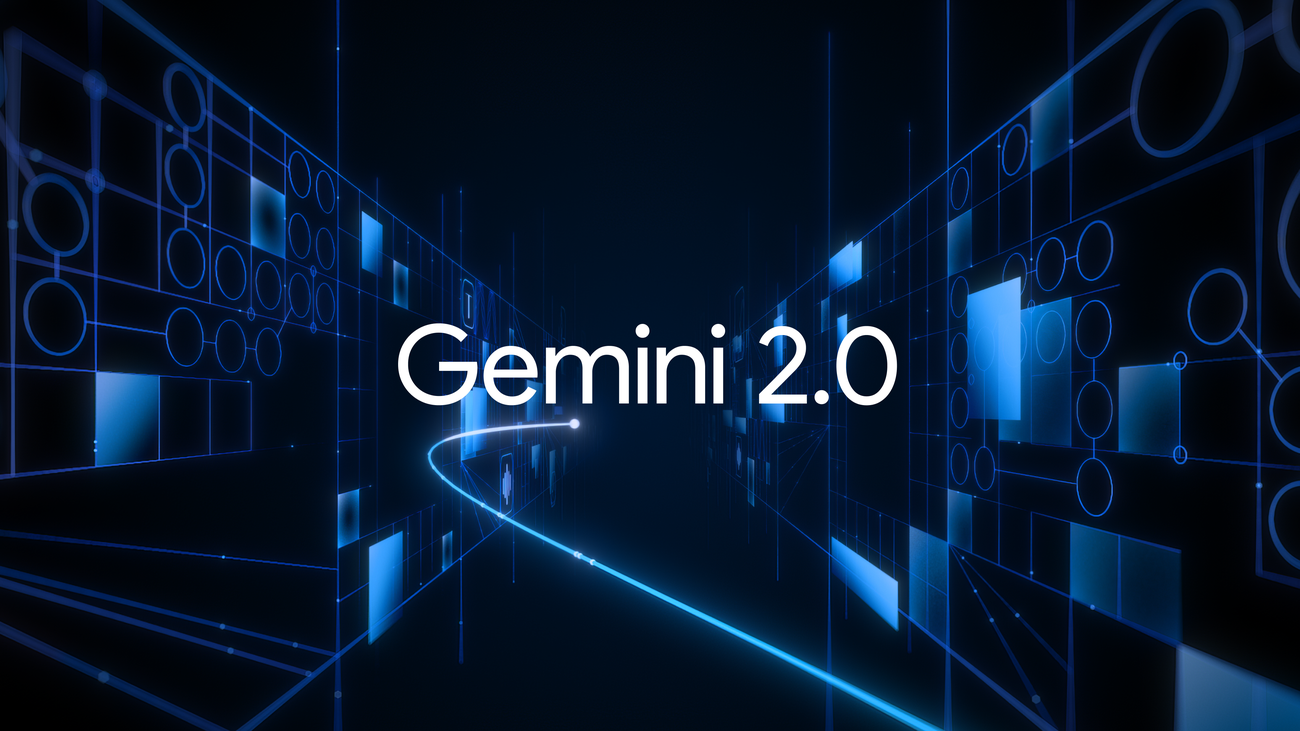
Frequently Asked Questions
What is Gemini AI, and how does it compare to ChatGPT AI?
Gemini AI is Google’s generative intelligence system built to integrate with Google’s apps and services. Unlike ChatGPT AI, which is platform-independent, Gemini is tied to the Google ecosystem and emphasizes multimodal capabilities.
Is Gemini AI free, like ChatGPT?
Currently, Google offers limited free access to Gemini through basic tools, but advanced versions (Gemini Advanced) are subscription-based, similar to ChatGPT Plus.
Can I use Gemini AI as a co-pilot in Google Workspace?
Yes. Gemini AI is being integrated into Docs, Sheets, Gmail, and other Workspace apps, similar to Microsoft Copilot in Office 365.
How does Gemini AI compare with Claude AI?
Claude AI focuses on safe, ethical reasoning and long-text summarization, while Gemini prioritizes integration, multimodality, and real-time data access via Google Search.
Sources
- Google DeepMind. Introducing Gemini 1.5: the next generation of Gemini models. (2024).
- The Verge. Google rebrands Bard as Gemini, launches Gemini Advanced and Android app. (2024).
- Anthropic. Claude 3 Model Card. (2024).
- Microsoft. The New Microsoft Copilot Experience. (2024).
- OpenAI. ChatGPT: Exploring Free vs Plus Plans. (2024).
- CNBC. Google’s Gemini AI challenges ChatGPT in multimodal performance. (2024).
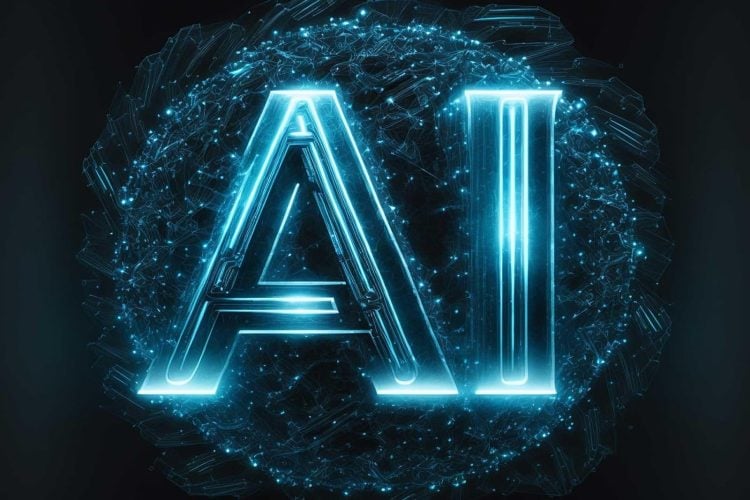
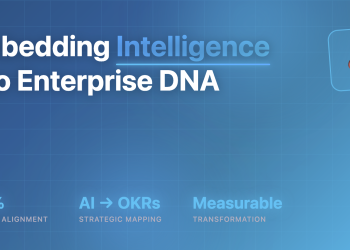
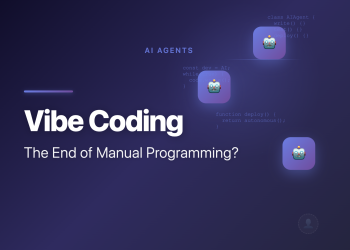
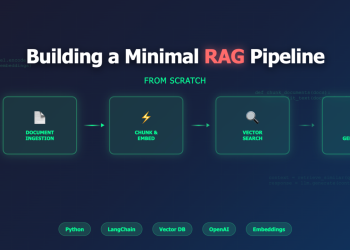


Discussion about this post